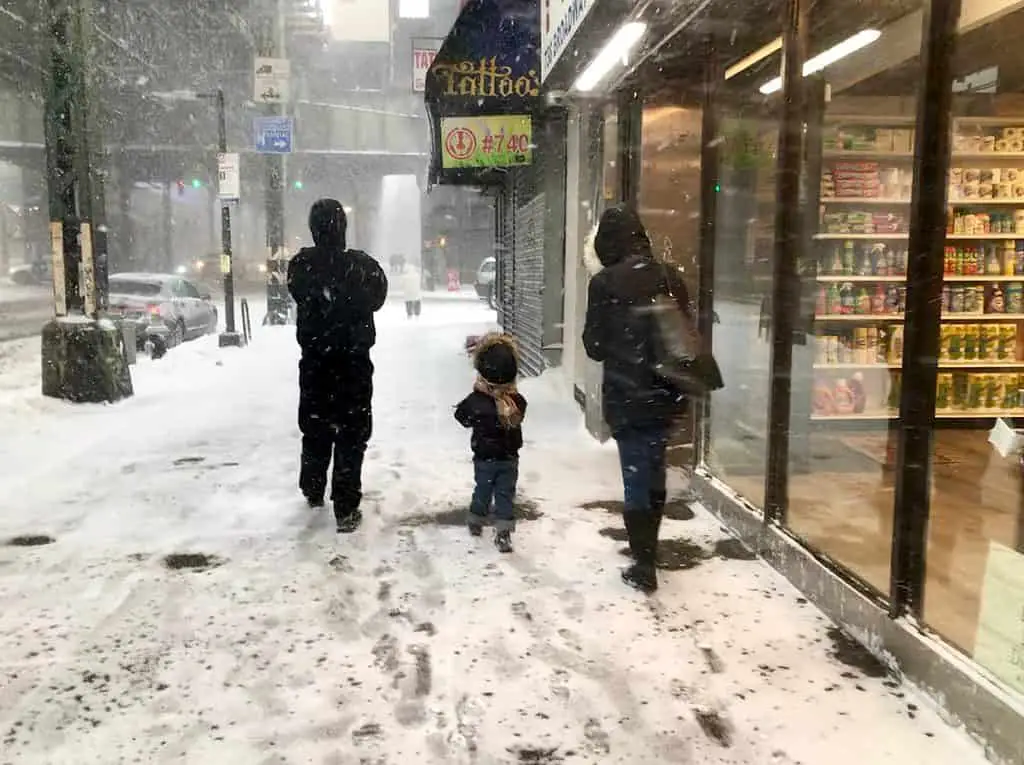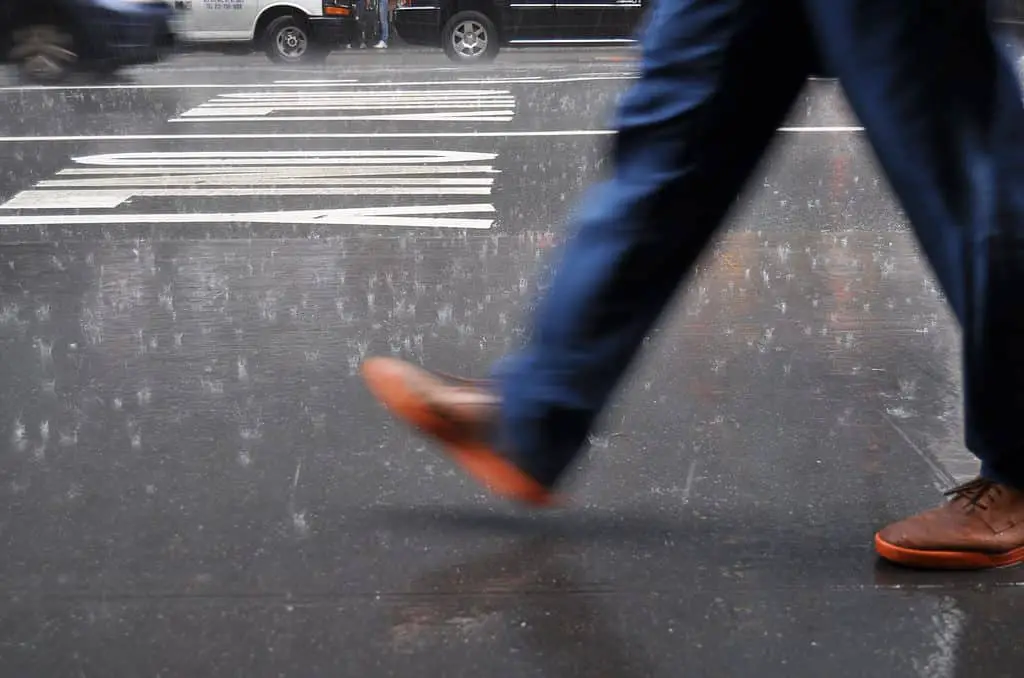During the summer, New York has an excellent mild climate. During the winter, however, it gets cold. The temperature drops to lows of about 30 degrees, which can cause many people to worry.
Winter
Visiting New York in winter is a magical experience. The city is a winter wonderland with festive markets, ice rinks, and Christmas light displays.
In the cold months, it's essential to be warm. You may want to invest in a good winter jacket, hat, and snow boots. Layering will also help if you plan to spend a lot of time indoors.
The Old Farmer's Almanac predicts a bitterly cold winter for the northeastern U.S., but you're not likely to go hibernating.
January is the coldest month of the year, but December isn't as bad. The average high temperature is 40F. The average low is 29F.
Summer
Located on the east coast of the United States, New York receives four distinct seasons: winter, summer, spring, and fall. The coldest winter temperature in the area is recorded in January, but summer and fall see much warmer temperatures. Fortunately, the city is located in the Appalachian Mountains, which helps trap heat and keep the temperature from rising.
The hottest month of the year is July, and the lowest temperature of the year is recorded in September. The hottest temperature recorded in the city is a sweltering 40 degrees. The coldest month of the year is January, with the temperature at just 2 degrees Celsius. In the winter months, New York is hit by a series of winter storms that can have severe effects, causing road closures and flight cancellations.
Autumn
The city enjoys mild temperatures and light breezes during autumn in New York. These are the perfect conditions for visiting. However, the city can still be hit with cold spells.
On the morning of October 13, the temperature in New York reached a high of 70F. Just 24 hours later, a thunderstorm dumped 0.66" of rain between 5-6 PM. This was the fifth time that the high was above 70 degrees this month.
On October 16, the temperature dropped to 55F. The high was again above 70 degrees, but it was the second-lowest temperature this month. The high was still above the lowest temperature on record, 55deg in October 1888.
The windiest month of the year
Typically, the windiest month of the year is December in New York. During the month, temperatures will struggle to break free of the cold, and snow is likely early on in the month. It is best to pack a few layers of clothing and bring a hat or scarf if you plan a trip to New York.
The average temperature for New York in December is 42F. However, temperatures can fall as low as 30F during the month. The best time to visit New York City is when temperatures are milder in the fall. The average number of days with rain is lowest in January, while the number with snow is highest in March.
The cloudiest month of the year
During the winter, low temperatures often drop below freezing. However, several mild spells to 50F (10 C) or more each month.
While New York does have a great winter, it also has hot summers. Temperatures tend to reach 29 C (84F) during the summer. The hottest month in New York in July, and the coldest is January. Winter is characterized by cold air from the northwest and warm, humid air from the south. The cold air passes over the warmer waters of the Great Lakes, and the warm air forms clouds.
In general, the climate in Upstate New York is a bit cooler than in other parts of the state. The average temperature for November is 8.8 C (46.4 F). However, the warmest day of the month is typically at the beginning of the month.
The coldest month of the year
During January and February, New York experiences some snowstorms and freezing rain. However, the risk of tropical cyclones is low. The average precipitation for the year is 32 inches.
In January, the average temperature is between 27 and 39 Fahrenheit. In February, the average temperature ranges between 2 and 10 Celsius.
January and February are often the coldest months of the year in New York. Although temperatures are mild at the beginning of the month, they usually drop below freezing by mid-month. New York can expect up to three nights of 10 degF or lower.
During January, the average precipitation is around 110 millimeters (4.3 inches). In February, the average precipitation is 77 millimeters (3.1 inches). The average precipitation for the year is 32 inches.


